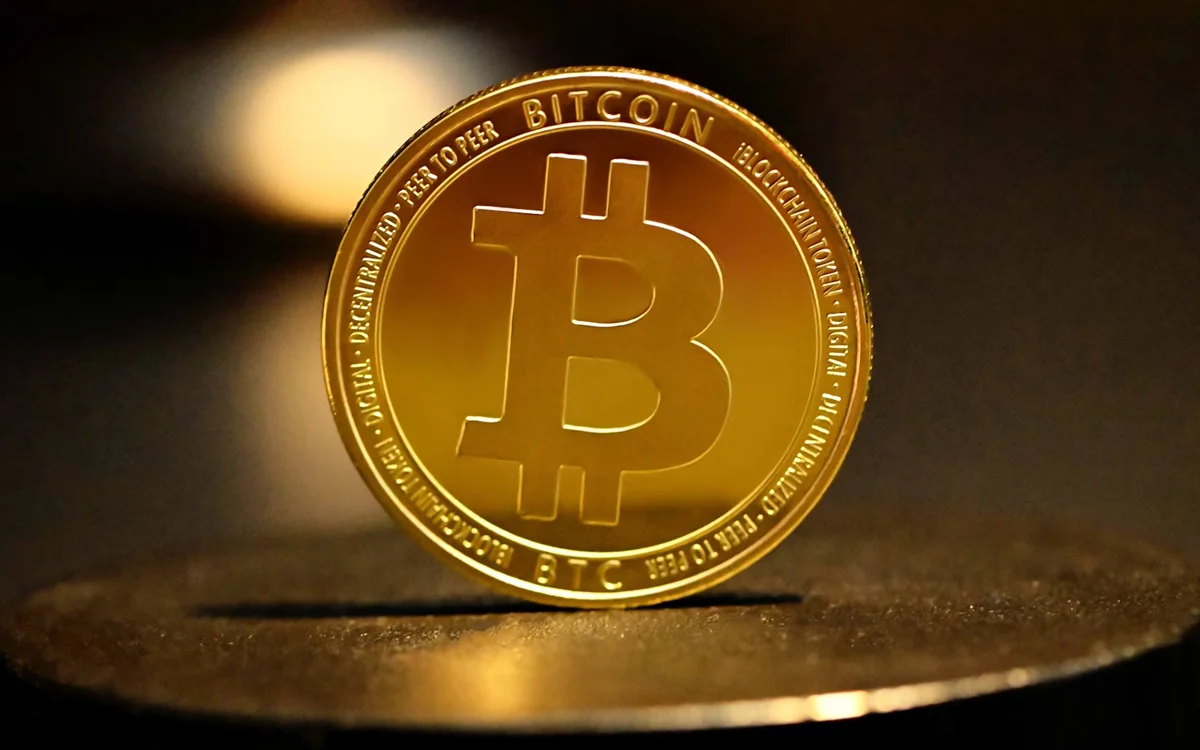Bitcoin Mining Revenue Continues Downward Trend, Says JPMorgan
02.10.2024 9:30 1 min. read Alexander Stefanov
According to a JPMorgan report, in September the average Bitcoin (BTC) price and network mining rate rose slightly, while daily mining revenue and gross profits declined for the third consecutive month.
The hashrate increased by 2% compared to August, reaching 643 exahash per second (EH/s), indicating the total computing power used for mining and transaction processing in the PoW blockchain.
JPMorgan calculated that miners received an average of $42,100 in daily revenue per EH/s in pay last month, marking a 6% decline from the previous month. Analysts Reginald Smith and Charles Pierce noted that daily gross blockchain reward revenue also fell 6% month-over-month to $16,100 per EH/s, reflecting a gross margin of 38.4%, the lowest on recent records.
Transaction fees remained low, accounting for less than 5% of blockchain remuneration. The total market capitalization of the 14 miners listed in the U.S. and monitored by the bank increased 4%, reaching $21 billion.
Hut 8 (HUT) led the group with a 21% increase, while CleanSpark (CLSK) saw the steepest decline at 13%. Additionally, Bitcoin’ s year-to-date volatility declined to 44%, down from 62% in August.
-
1
Vanguard Now Owns 8% of Michael Saylor’s Strategy, Despite Calling BTC ‘Worthless’
15.07.2025 17:09 2 min. read -
2
Standard Chartered Becomes First Global Bank to Launch Bitcoin and Ethereum Spot Trading
15.07.2025 11:00 1 min. read -
3
Bitcoin Reaches New All-Time High Above $116,000
11.07.2025 7:56 1 min. read -
4
What’s The Real Reason Behind Bitcoin’s Surge? Analyst Company Explains
12.07.2025 12:00 2 min. read -
5
Canadian Bank Sees Bitcoin Hitting $155,000 by 2025
15.07.2025 10:00 1 min. read
Ethereum Spot ETFs Dwarf Bitcoin with $1.85B Inflows: Utility Season in Full Swing
Ethereum is rapidly emerging as the institutional favorite, with new ETF inflow data suggesting a seismic shift in investor focus away from Bitcoin.
Ethereum Flashes Golden Cross Against Bitcoin: Will History Repeat?
Ethereum (ETH) has just triggered a golden cross against Bitcoin (BTC)—a technical pattern that has historically preceded massive altcoin rallies.
Bitcoin Banana Chart Gains Traction as Peter Brandt Revisits Parabolic Trend
Veteran trader Peter Brandt has reignited discussion around Bitcoin’s long-term parabolic trajectory by sharing an updated version of what he now calls the “Bitcoin Banana.”
Global Money Flow Rising: Bitcoin Price Mirrors Every Move
Bitcoin is once again mirroring global liquidity trends—and that could have major implications in the days ahead.
-
1
Vanguard Now Owns 8% of Michael Saylor’s Strategy, Despite Calling BTC ‘Worthless’
15.07.2025 17:09 2 min. read -
2
Standard Chartered Becomes First Global Bank to Launch Bitcoin and Ethereum Spot Trading
15.07.2025 11:00 1 min. read -
3
Bitcoin Reaches New All-Time High Above $116,000
11.07.2025 7:56 1 min. read -
4
What’s The Real Reason Behind Bitcoin’s Surge? Analyst Company Explains
12.07.2025 12:00 2 min. read -
5
Canadian Bank Sees Bitcoin Hitting $155,000 by 2025
15.07.2025 10:00 1 min. read


